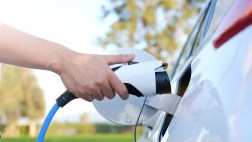How Do Car Sensors Work?
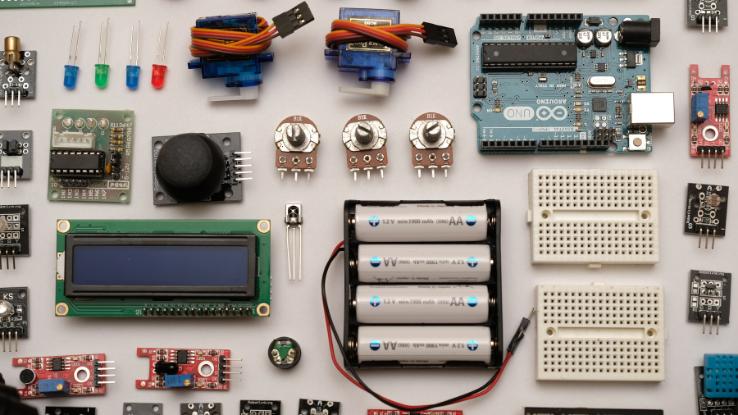
Cars have come a long way from the days of Ford’s Model T, and car sensors have played a key part in that evolution. Whereas cars once relied solely on mechanical and electro-mechanical systems to function, modern vehicles use a large number of sensors to manage everything from emission levels to automatic braking systems (ABS).
Understanding how car sensors work isn’t easy, since they’re made for many different purposes and work in numerous ways. However, if you own a car, it’s good to know how the technology propelling you at sixty miles an hour actually works. These are the secrets behind car sensors that make motor vehicles as we know them today possible.
Cars Before Car Sensors
When cars first began to take the streets, they were much simpler than they are today, with the most complex technology involved being the combustion engine itself. Each part of the engine also managed itself — the carburetor regulated fuel, the mechanical distributor took care of the sparks and so on. Every part of the car did its job separately.
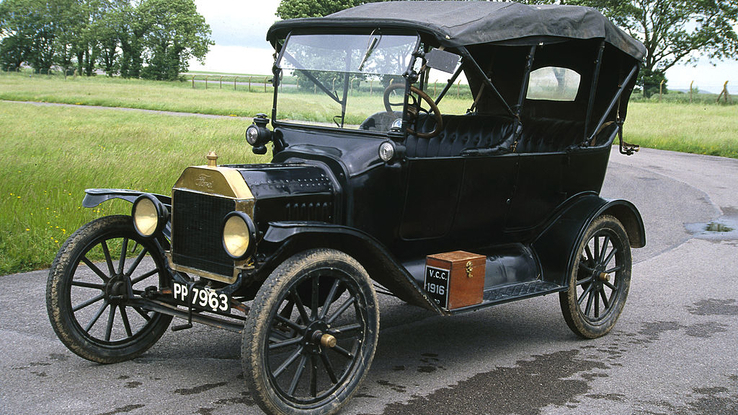
If a part wasn’t doing its job effectively, however, there was no way to change the part’s behavior without manually replacing it. As a result, cars needed a lot of maintenance, both because it was the only way to catch a malfunctioning part before it stopped working and because that was the only way to keep those parts working efficiently.
The Car Sensor Revolution
Car sensors changed things by not only notifying the driver when something wasn’t working but also by adjusting how parts behaved — even when they were functioning correctly — for maximum performance. Starting with emissions controls and other technologies in the 70s and 80s, motor vehicles began to use basic analog sensors that could make simple decisions to affect how the car ran.
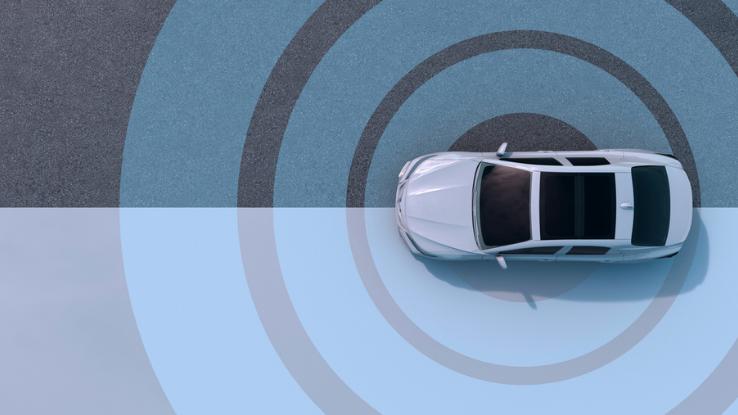
With the rise of modern computers, analog sensors were replaced by much more powerful digital ones that could monitor all kinds of things, even steering and the presence of other vehicles on the road. Because of this, modern cars can perform more tasks and run more efficiently than ever before, and self-driving cars that manage themselves using data from car sensors are becoming more prevalent.
While mechanics still recommend periodic inspections (usually every 35,000 miles or so), the development of car sensors means that many problems are less likely to happen and more likely to be identified sooner. Diagnosing a problem is also easier for mechanics. All U.S. cars made in 1996 or later contain an onboard diagnostics (OBD) system, a computer that receives all information from a car’s sensors. Another computer can be used to tap into the OBD and extract the information as code, which a mechanic or other expert can use to identify problems that the driver likely hasn’t even noticed yet.
Chemistry, Physics and Car Sensors
Most of the sensors in your vehicle are used to monitor your engine and drivetrain (the parts that let the engine turn the wheels) in some way, and they often use chemical reactions to do so. The oil level sensor, for instance, uses a magnetized sealant to detect changes in oil levels. When there’s enough lubrication, the sealant flows back and forth without forming a full loop. When there isn’t, a switch deactivates, allowing the sealant to form a circuit, which in turn sends an electrical signal that notifies your OBD of a problem.
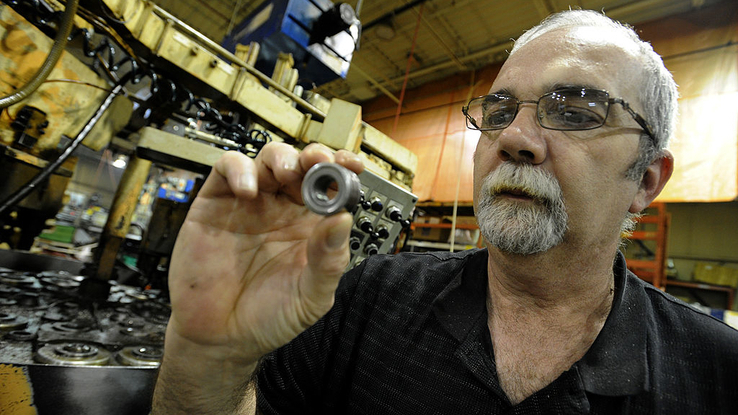
Similarly, the aptly named water-in-fuel (WiF) sensor detects the presence of water in your gas tank by testing your fuel’s electrical conductivity. While water is highly conductive, gasoline isn’t. By using electrodes to apply a current, the sensor can detect the presence of water, which can cause problems with ignition and acceleration.
Other sensors use temperature, pressure and other means to measure everything from the temperature and pressure of air entering your engine (the mass airflow sensor) to the proximity of other vehicles (the car parking sensor, which uses either electromagnetic or ultrasonic pulses to estimate distances). What all car sensors have in common is their reliance on chemistry and physics to detect changes in the car and its surroundings.
Technological Advances
With so many sensors sending signals throughout the car, you might expect to find electrical wiring throughout your car. However, while there’s definitely some, too much wiring would actually be a problem for car manufacturers, as wires take up space and weight capacity that are both in short supply in a car. So how have engineers managed to add more and more car sensors to vehicles over time?
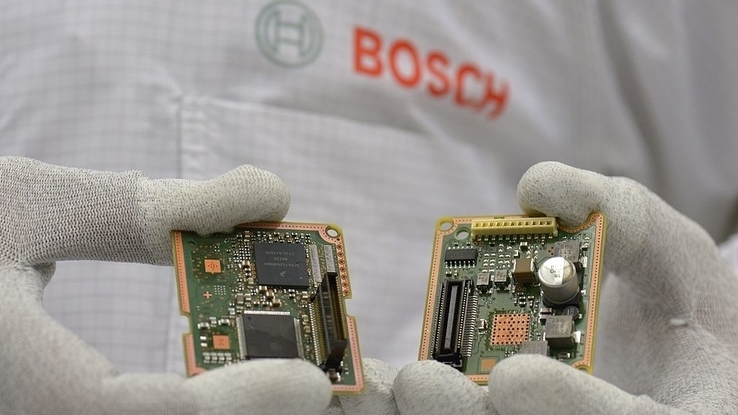
Although the OBD receives signals about the statuses of all parts of the car, it’s actually not the only computer in the car. Instead, different computers throughout the car monitor different sensors and operate different components of the car. By sending multiple kinds of information through a single signal — a process known as multiplexing — these computers are able to efficiently manage their set tasks and communicate with each other about what different car sensors are reporting. And it all happens while you get to enjoy the comforts of your car, focusing only on the road ahead of you.
